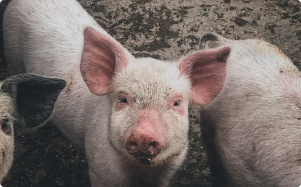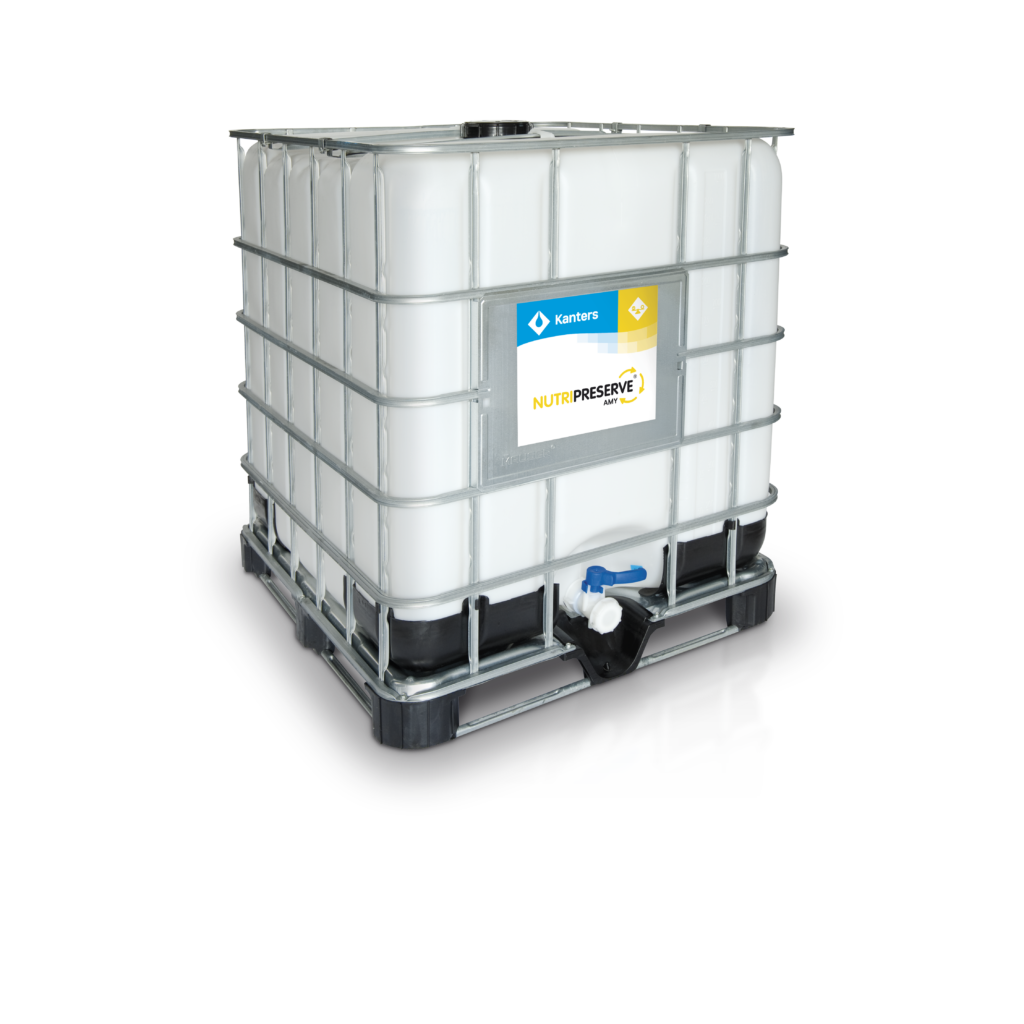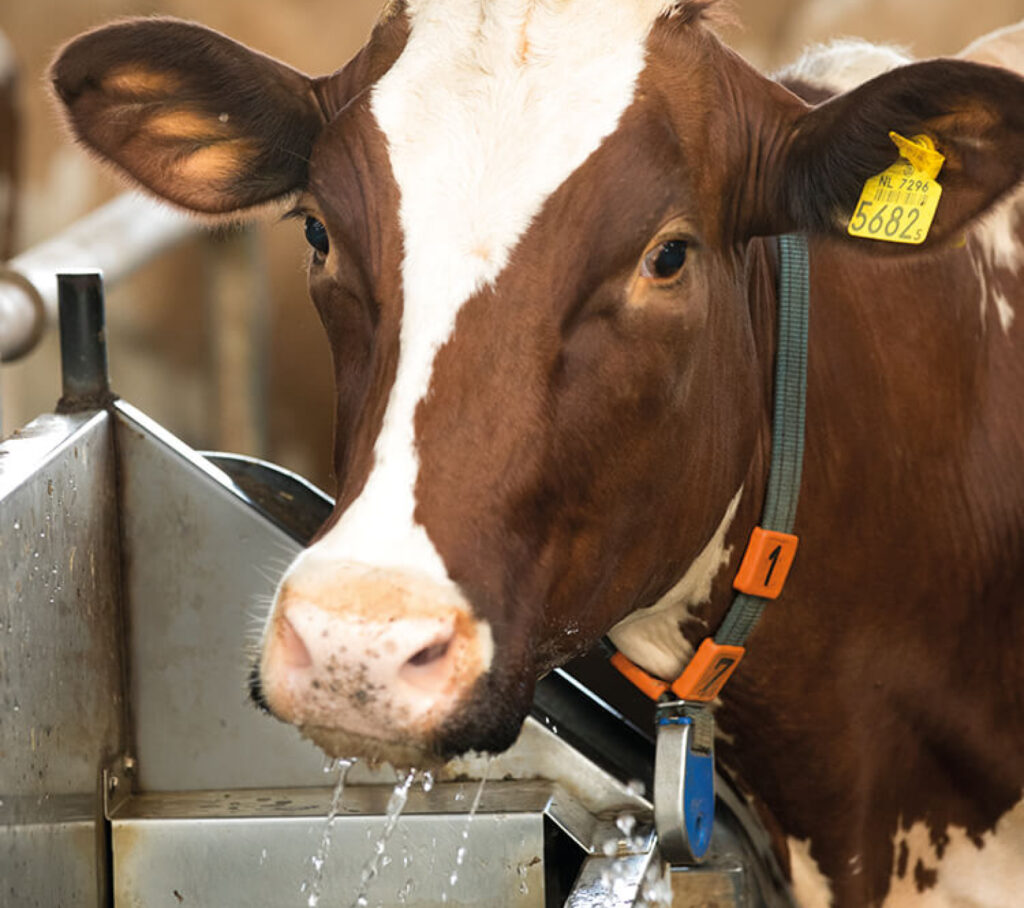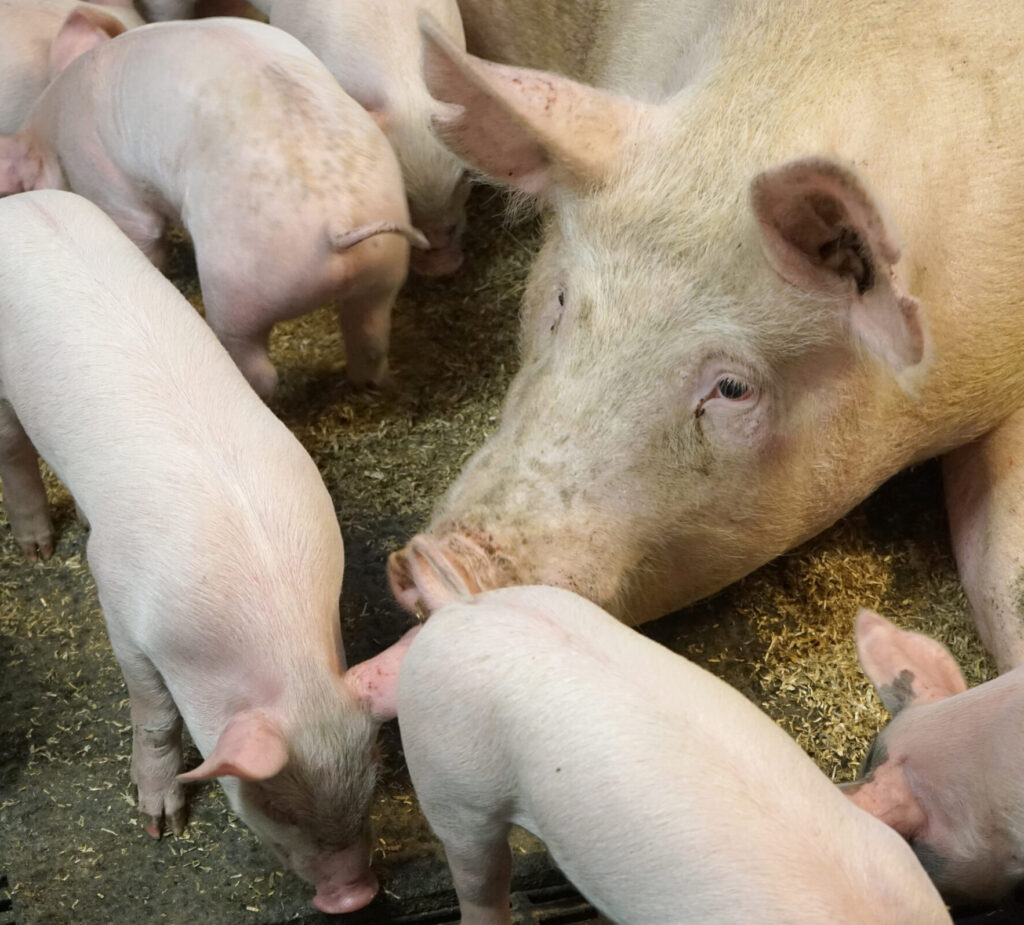The acidification of food has been around for centuries. People have used acid since time immemorial to make food last longer. It was soon discovered that bacteria have no chance when food has a high acidity level and therefore a low pH. Kanters has developed Nutriprerve Amy for this purpose.
Why acid in our food?
Acids are common in nature. We take in acid every day via our yoghurt; lactic acid bacteria present in yoghurt create lactic acid. Lactic acid in turn ensures that undesirable bacteria are killed and that the yoghurt keeps longer. Acid also plays a role in animal feed, it promotes digestion and ensures that liquid feed, such as liquid feed for pigs, has a longer shelf life.
Acid and pigs
In addition to a preserving effect, adding acid to food also has other effects on pigs. Firstly, the acid ensures that the acidity level, also known as the pH value, is lowered. This creates an acidic environment for undesirable bacteria so that they stop growing. This inhibits the growth of bacteria such as E. coli and Salmonella. Each acid has different properties and the combination of acids creates a synergetic effect. Some acids are very strong and can lower the pH quickly. Other acids are aimed at antimicrobial action. Hydrochloric acid is found in the stomach of pigs and causes the stomach pH to be very low. Besides lowering the pH, hydrochloric acid in the stomach also kills unwanted bacteria.
pH in the body
Different pH’s occur in our body. The pH of the blood is about 7, the digestive system of a pig varies from a pH of 2 to a pH of 7. This has an antimicrobial effect and forms a barrier for bacteria, preventing them from entering the small intestine and causing any damage in the digestive system. A low pH in the stomach stimulates protein digestion. The low pH is necessary for the activation of enzymes which break down proteins into amino acids in the stomach so that they can be absorbed further down the intestines. If a lot of feed enters the stomach at once, the pH of the stomach will not drop sufficiently because the feed has a buffering effect. This is why we can help the stomach by, for example, acidifying the liquid feed before the pigs eat it.

young piglets
Piglets, however, have difficulty producing sufficient hydrochloric acid themselves, so there is a risk that the pH in the stomach is on the high side, which can have negative consequences for protein digestion. Stress in both old and young animals can also cause a temporary decrease in the production of acid in the stomach. By acidifying the drinking water or the feed, we can help the animals get through this period well.
Acidifying liquid feed with Nutripreserve AMY

More information
Would you like to know more about Nutripreserve AMY? Please contact us by calling 0499-425 600. You can also reach us by sending an e-mail to mailto:info@kanters.nl




